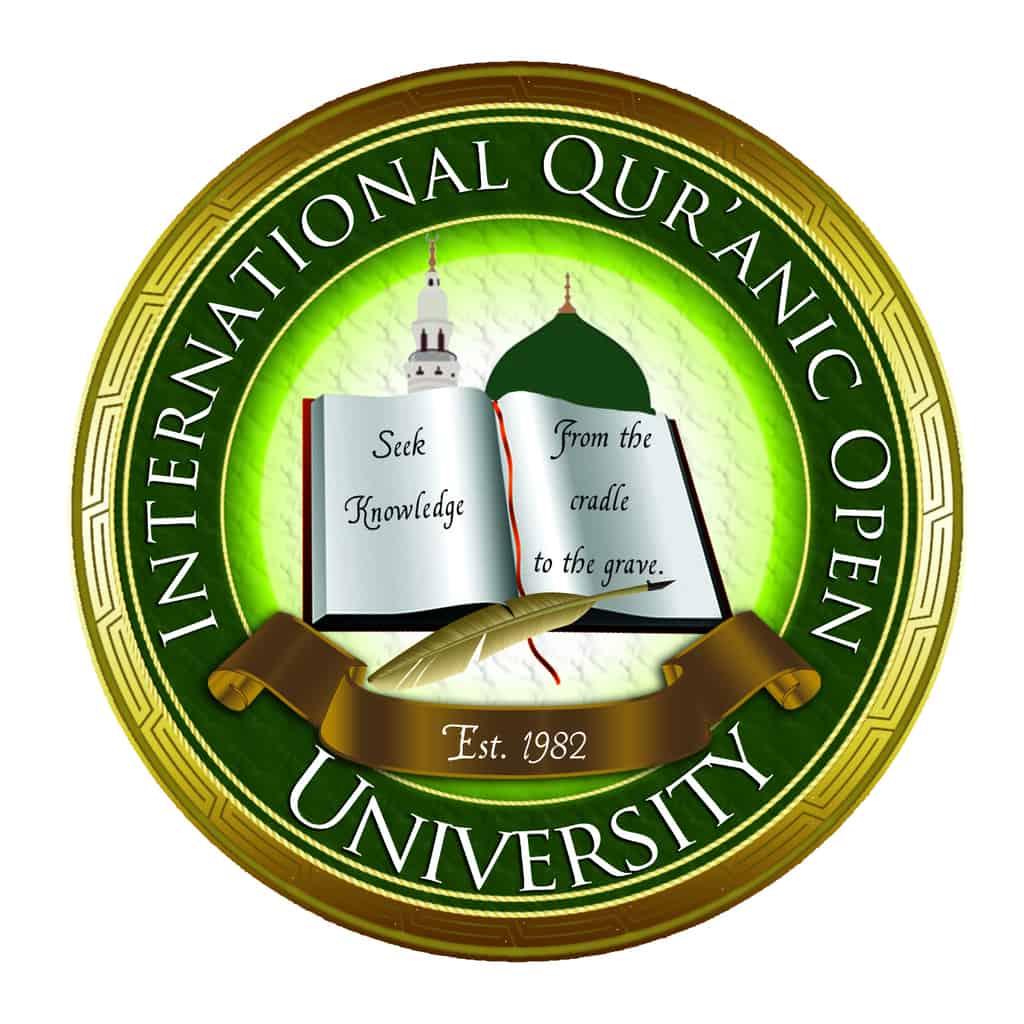Between 2001 and 2008, mainstream media outlets predominantly featured anti-Islam organizations, leading to altered “contours of mainstream discourse.” That’s according to North Carolina Professor Christopher A. Bail’s study that used “anti-plagiarism” software to examine the coverage of Muslims in the mainstream American press. Bail surveyed more than “1,084 press releases about Muslims produced by 120 civil society organizations to 50,407 newspaper articles and television transcripts” during the seven crucial years after 9/11.
Bail told the British Wired magazine that journalists became enamored with the those spouting anti-Muslim rhetoric, and that even though “the vast majority of organizations competing to shape public discourse about Islam after the September 11 attacks delivered pro-Muslim messages,” journalists so closely followed extremists that the groups became perceived as “mainstream.” Muslim groups, as a result, were sidelined and became less influential. Bail painted a disturbing picture for Wired, saying:
“I think most Americans are exposed to anti-Muslim messages in the media and elsewhere. The danger, I believe, is that many Americans have not been exposed to the positive messages of Muslim organisations because they receive so little media coverage.”
An August 2011 Center for American Progress study, Fear Inc., The Roots of the Islamophobia Network in America, Robert Spencer, Frank Gaffney and Pamela Geller are featured prominently in the study, three of the anti-Muslim, Islamophobia movement’s most paranoid propagandist, revealed that seven different organizations have given $43 million over 10 years to a small, interconnected group of individuals and organizations responsible for mainstreaming fear, bigotry and hate against Muslims and Islam in America. The money helped Islamophobic messages take hold.
The Wall Street Journal’s Muslims: Representing Islam in American Print News Media by Suad Joseph and Benjamin D’Harlingue, University of California, Davis points out the negative impact the Wall Street Journal (WSJ) “Op-Eds,” had in shaping public opinion of Muslims and Islam prior to September 11. The articles during January 1, 2000 to July 31,2007 construct an unbridgeable difference between Muslims and the West. In the commentaries, Muslims, whether citizen or foreign, are frequently portrayed as “not us,” as the embodiment of the illegible, inscrutable other reflecting the binary of Samuel Huntington’s (1996) clash of civilizations – two cultures, two religions, two civilizations. This notion of unbridgeable cultural difference, traceable across multiple WSJ commentaries, portrays Islam as inscrutable and almost unintelligible to Judeo-Christian theology and philosophy.
As an example, in an April 8, 2003 article, authored by Noah Feldman, entitled “Muslim Democrats? Why not!,” He writes: “Separation of church and state is an excellent idea, even, even a constitutional necessity, in a religiously diverse country like the U.S. Where almost everybody in a country is Muslim, however, a democratic state may nonetheless have a religious character”. The authors of the research note “Moreover, it assumes that a state governing predominantly Muslims is inherently more likely to have a religious character.”
What the Journal pointed out is the discrete use of words and the hidden effect they have on the reader in planting seeds of discord and fear, to bring about a clash between Muslims and Christians. Feldman's writings plaid partner in creating the Anti Sharia movement. The theme across the WSJ articles is anti- modern anti-democratic, repeatedly presenting Islam and Muslims as a threat to American standards of living and values.
As noted in the Study, in a reference from Pierre Bourdieu (2005), he argued that the journalistic field has an increasingly powerful hold on the production of meaning. He explained, “…the journalistic field, which is increasingly heteronomous, in other words, increasingly subject to the constraints of the economy and of politics, is more and more imposing its constraints on all other fields, particularly the fields of cultural production such as the field of the social sciences, philosophy, etc., and on the political field” .
Over the past few years, the Islamophobia network – the funders, scholars, grassroots activists, media amplifiers, and political validators – have worked hard to push narratives that mosques are incubators of radicalization, and that “radical Islam” has infiltrated all aspects of American society — including the conservative movement.
And the network has had its effect. “The groups that were getting the majority of the attention, especially after 9/11, were some of the least representative groups, or what I call fringe groups,” Bail said.
Islamophobia Studies Journal, Spring 2012, Volume 1, Issue 1, UC Berkley
Islamophobia Research and Documentation Project,
Center for Race and Gender, University of California, Berkeley.





